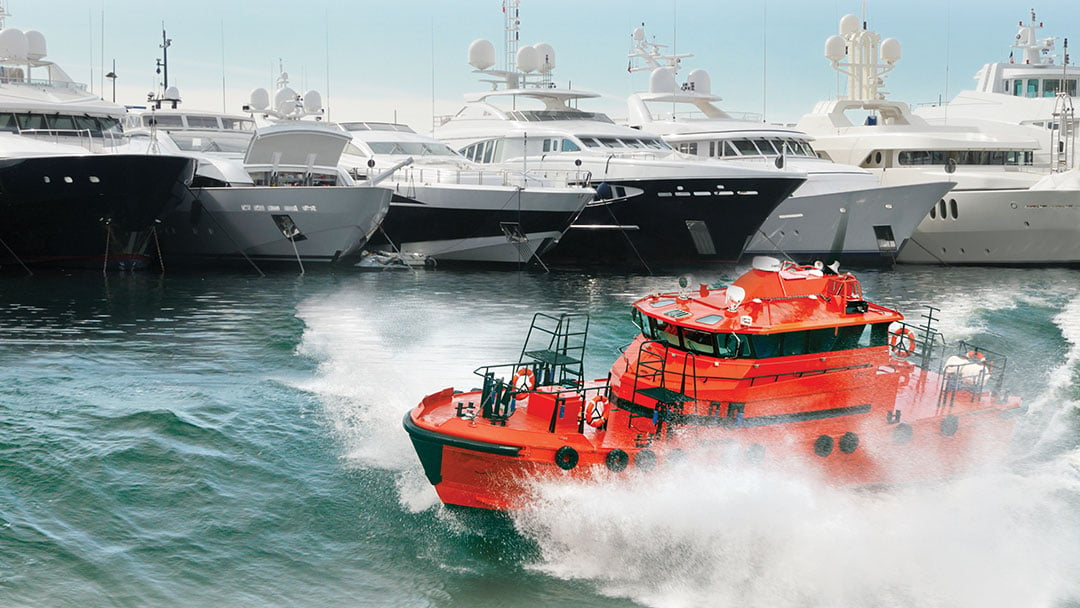
Marine hydraulics has become one of the most used power- and torque delivery systems, primarily due to the highly efficient transfer of large both linear and rotary forces and torques.
One hydraulic system, many applications
The application areas are many. Listed below are some of the uses of marine hydraulic systems:
- Rotary and linear operation of cranes.
- Rotary operation of winches, most common are mooring and anchor winches.
- Rotary and linear operation of stabilizers.
- Rotary and linear operation of steering machines.
- Rotary operation of hydraulic bow and stern thrusters.
- Rotary operation of adjustable pitch propellers.
- Rotary and linear operation of remotely operated valves, doors, ventilation flaps, etc.
- Platforms and passerelles.
At Sleipner Motor, we primarily use hydraulic systems for our stabilizing vector fins and our thruster systems, but we also manufacture hydraulic steering systems for a range of high-end yachts and work boats.
A hydraulic system should require little maintenance
If correctly dimensioned, installed and commissioned, a hydraulic system requires little maintenance, and troubleshooting is pretty easy for personnel with a reasonable knowledge of general hydraulics. The two most important factors for trouble-free operation are:
- Basic knowledge of the layout and operation of the system.
- Cleanliness during repair, dismantling and assembly of all components.
In terms of cleanliness, this cannot be stressed enough on marine hydraulics. The most crucial factor for a problem-free operation is keeping the system clean and the oil-free from impurities.
Three types of marine hydraulic systems
Marine hydraulic can be divided into three types of systems:
- Open hydraulic systems.
- Closed hydraulic systems.
- Semi-closed hydraulic systems.
Read more: Pros and cons of different marine thrusters →
Open hydraulic systems
The most common system is the open hydraulic system. The open system is characterized by having a pressureless tank to which the oil is returned more or less directly. Contrary to a closed system in which the oil return is directly on the pump's suction side. All hydraulic systems built by Sleipner Motor for our Side-Power systems are open hydraulic systems. Semi-closed and closed hydraulic systems will not be discussed further in this series of hydraulic talks.
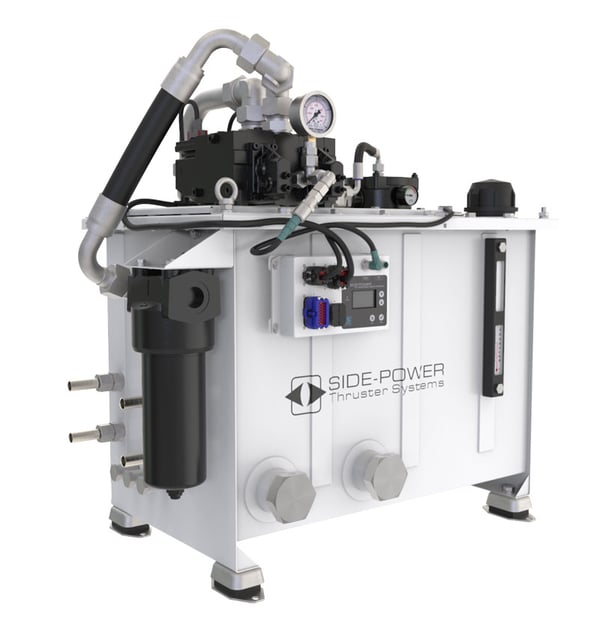
A typical floor-mounted 90 liter tank from Side-Power.
Typical marine hydraulic components
The most common components in an open hydraulic system on boats are:
- Hydraulic oils.
- Hydraulic reservoir.
- Filter technic.
- Valves:
- Directional control valves.
- Pressure control valves.
- Flow control valves.
- Proportional control valves. - Hydraulic pumps and motors.
- Hydraulic cylinders.
- Installation, Commissioning, Operation and Maintenance.
Read more: How much power do I need from my bow and stern thruster installations? →
Marine hydraulic tank: An example
Cooling and filtration
It is essential for the lifetime and reliability of a hydraulic system that the oil stays clean and within correct temperatures to avoid excessive wear and damage to any of the components in the system. The Side-Power hydraulic system is designed to achieve this by having:
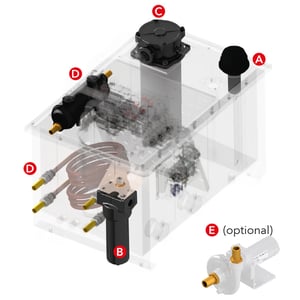
A Air filter and strainer in filler cap.
B High-pressure filter with service indicator.
C Return filter with service gauge.
D Dual internal oil cooler or tank mounted in-line return cooler and drain cooler. Setup and mounting will vary depending on selected tank unit and system setup.
E DC or hydraulic driven water pump for the oil coolers (optional).
Information and warning system
For safety and ease of service there are several sources of information and warnings on the tank.
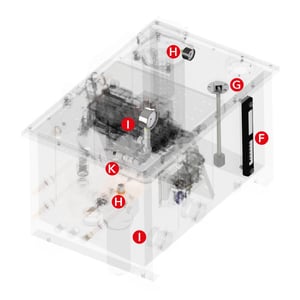
F Oil level and temperature gauge.
G Electric alarm outputs for oil level and temperature to Side-Power control panels with a visual and audible alarm.
H Both filters have gauge/indicator for filter element condition.
I Pressure gauge on valve shows system pressure.
K Pressure sensor for control panel monitoring.
Valve and controller system
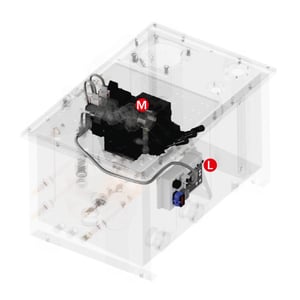
L PHC-3 Controller (Proportional Hydraulic Controller).
M Valve system.
I will review my experience with these various components in a series of blog articles over the next weeks. If you wish to learn more about marine hydraulics, please do not hesitate to subscribe to the Side-Power marine blog.






